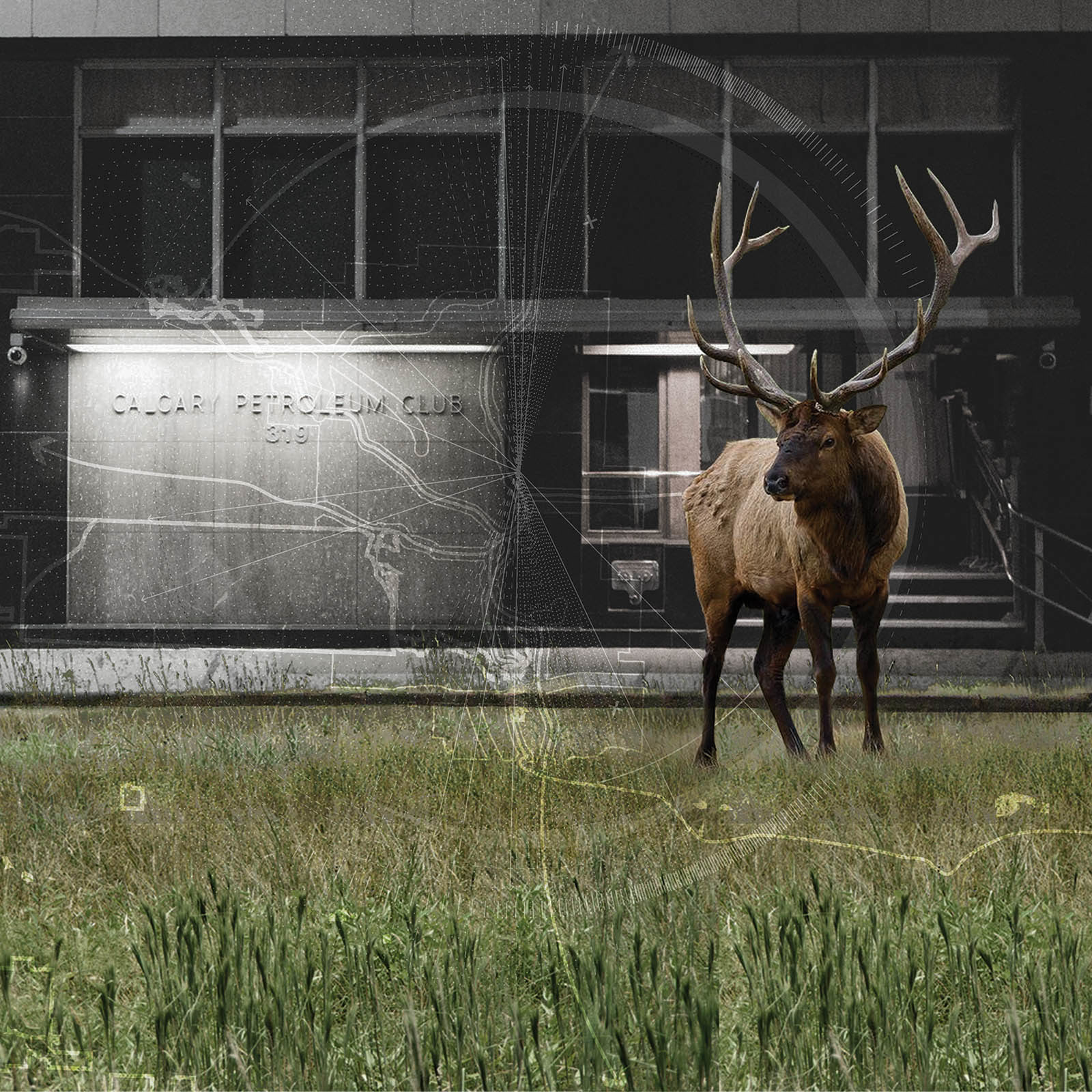Bewildered in Banff: Displacing the Contours of Colonization in Canada’s National Parks System

by Tiffany Dang (MLA ’17) — Recipient of ASLA Certificate of Honor and ASLA Certificate of Merit
The theory and practice of Indigenous anticolonialism, including Indigenous anticapitalism, is best understood as a struggle primarily inspired by and oriented around the question of land.
—Glen Coulthard, Red Skin White Masks (2014)
Canada’s National Parks system is built on a perpetuation of the myth of remote picturesque beauty and wilderness, masking a colonial strategy of territorial dispossession that has been ongoing since the establishment of Banff National Park in 1885. Capitalizing on the myth of the frontier, the Canadian Pacific Railway Company erected the Banff Springs Hotel inside the park in order to draw Victorian elites westward for holiday purposes.
Less than two decades after Canadian Confederation, the National Parks system enforced the assimilationist policies of the Indian Act (1867), by strengthening the hierarchical relationship between the metropolis and the hinterland, forcing indigenous populations to assimilate into Canadian cities or be displaced onto reservations.
Contemporary discussions on climate change, resource conservation, and indigenous land claims have been dominated by strategies of migration, retreat, and relocation; all of which are rooted in the systematic displacement and disposition of weaker and poorer nations and societies by those that are more powerful. These strategies—largely products of colonialism and capitalism—have resulted in grave ecological and political consequences.
The perpetuation of the landscape picturesque results in the exploitation of land vis-à-vis its depoliticization, than can a re-representation and re-projection of land with respect to temporal cycles of ecological and territorial processes provide an alternate discursive base for issues relating to land, climate, and resources?